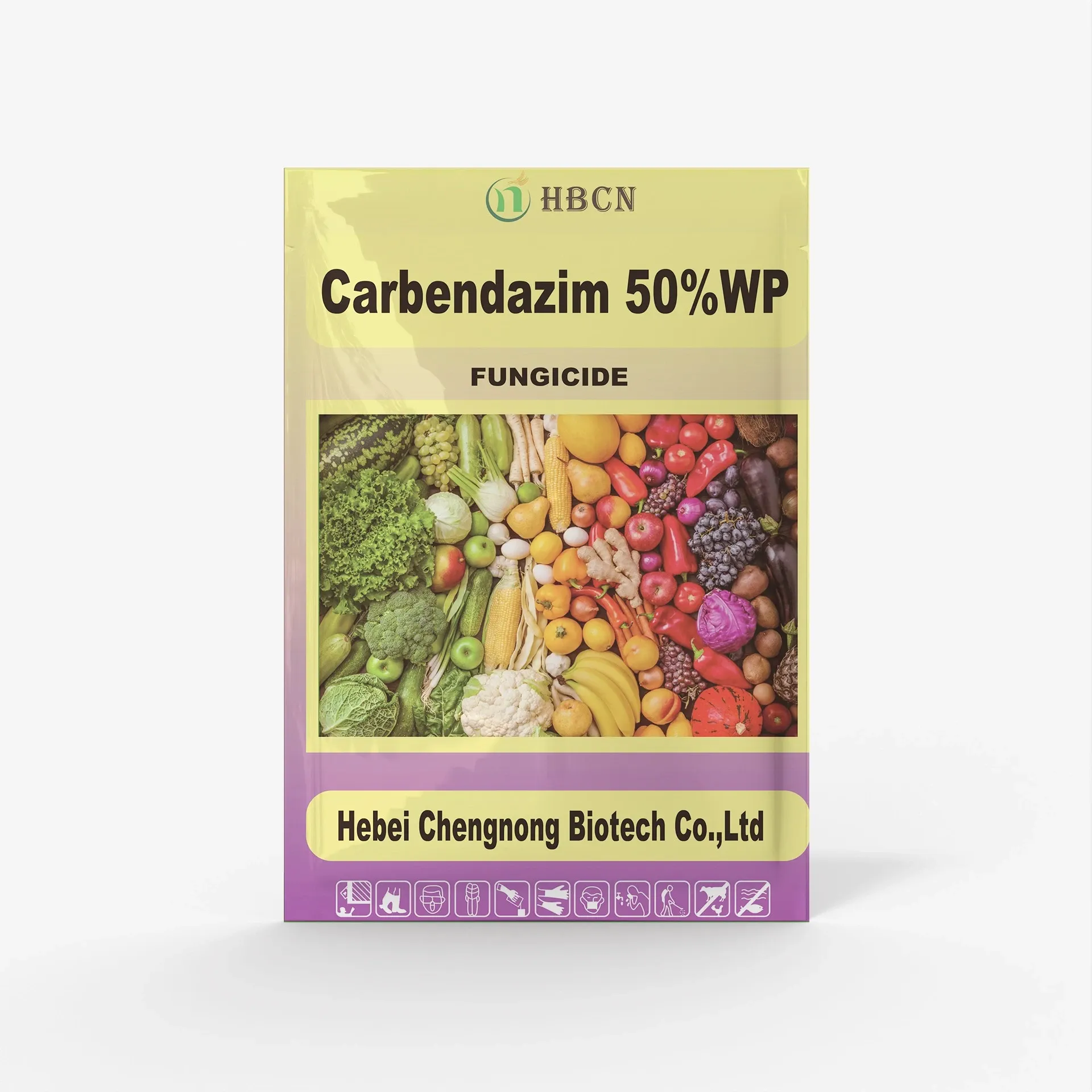
Jan . 03, 2025 09:50 Atpakaļ uz sarakstu
Leading Fungicide Manufacturers
Chemical fungicides are essential for controlling fungal diseases in agriculture, horticulture, and other plant-related industries. These chemical solutions help prevent and manage various types of fungal infections, ensuring healthy plants and higher crop yields. In this article, we’ll explore different types of fungicides, common fungicide options, and highlight some of the leading fungicide manufacturers.

What Are Chemical Fungicides?
Chemical fungicides are synthetic or chemical substances designed to control fungal pathogens in plants. These chemicals either prevent fungal growth or kill existing fungi, protecting crops, trees, and other plants from diseases such as mildew, blight, rust, and rot. Fungicides come in various formulations and types, each designed to target specific fungi.
Types of Chemical Fungicides
Protective Fungicides
- These are applied to plant surfaces to create a protective barrier, preventing fungal spores from germinating. They are usually applied before the plant is infected.
- Examples: Hlortalonils, Mancozeb.
Systemic Fungicides
- These are absorbed by the plant and distributed throughout its tissues, making them effective against internal infections. They are often used when fungi have already infected the plant.
- Examples: Triazoles, Benomyl.
Contact Fungicides
- These are only effective when applied directly to the plant’s surface. They do not get absorbed and are only effective in preventing surface-level infections.
- Examples: Copper-based fungicides, Captan.
Curative Fungicides
- These are designed to treat established fungal infections by disrupting the fungal pathogen's growth and reproduction process.
- Examples: Thiophanate-methyl, Fluopyram.
Eradicant Fungicides
- Used to eradicate active fungal infections, these fungicides often kill the pathogen by directly targeting its growth or function.
- Examples: Strobilurins, Trifloxystrobin.
Common Fungicides Used in Agriculture
Copper-based Fungicides
- Widely used in organic farming, copper fungicides control a variety of fungal infections like blight, mildew, and anthracnose.
- Uses: Tomatoes, grapes, potatoes.
Mancozeb
- A multi-purpose protective fungicide, effective against a wide range of fungal diseases such as rust and mildew.
- Uses: Apples, peppers, and various fruit crops.
Triazoles
- These systemic fungicidesare effective against a broad spectrum of fungal diseases and are often used for crops susceptible to rust, powdery mildew, and other systemic infections.
- Uses: Wheat, barley, and ornamental plants.
Hlortalonils
- A common contact fungicide, used primarily to control fungal diseases on crops like cucumbers, lettuce, and other vegetables.
- Uses: Control of downy mildew, blight, and mold.
Strobilurins
- Known for their effectiveness against a wide variety of fungal pathogens, these are systemic fungicidesoften used in combination with other treatments.
- Uses: Grapes, potatoes, and vegetables.
Factors to Consider When Buying Fungicides
Target Fungi
- Choose a fungicidebased on the specific type of fungal disease you are trying to control.
Plant Type
- Different fungicides are better suited to particular crops and plants. Always check the label for compatibility.
Application Timing
- Consider whether you need a protective fungicideor a curative fungicide based on the stage of the disease.
Environmental Impact
- Opt for eco-friendly fungicides when possible, especially if you are growing organic crops or want to minimize environmental damage.
Chemical fungicides are essential tools for managing and controlling fungal diseases across various plants and crops. With numerous types available, each suited to specific conditions and stages of infection, choosing the right fungicide is crucial for effective control. By sourcing from reputable fungicide manufacturers, you can ensure the quality and reliability of the product. Always consider factors like application type, crop, and environmental impact before making your purchase, and stay informed about the latest fungicide formulations to keep your plants healthy.
-
Trusted Herbicide Suppliers For Large-Scale Crop Protection
JaunumiAug.20,2025
-
Overview Of Types Of Herbicides For Large-Scale Crop Protection
JaunumiAug.20,2025
-
Bentazone Herbicide Application in Field Crops
JaunumiAug.20,2025
-
Effective Fungicide Solutions For Large Scale Crops And Vegetables
JaunumiAug.20,2025
-
Effective Crop Protection With Insecticide Concentrate
JaunumiAug.20,2025
-
Thiamethoxam Half-Life in Soil and Water
JaunumiAug.04,2025
